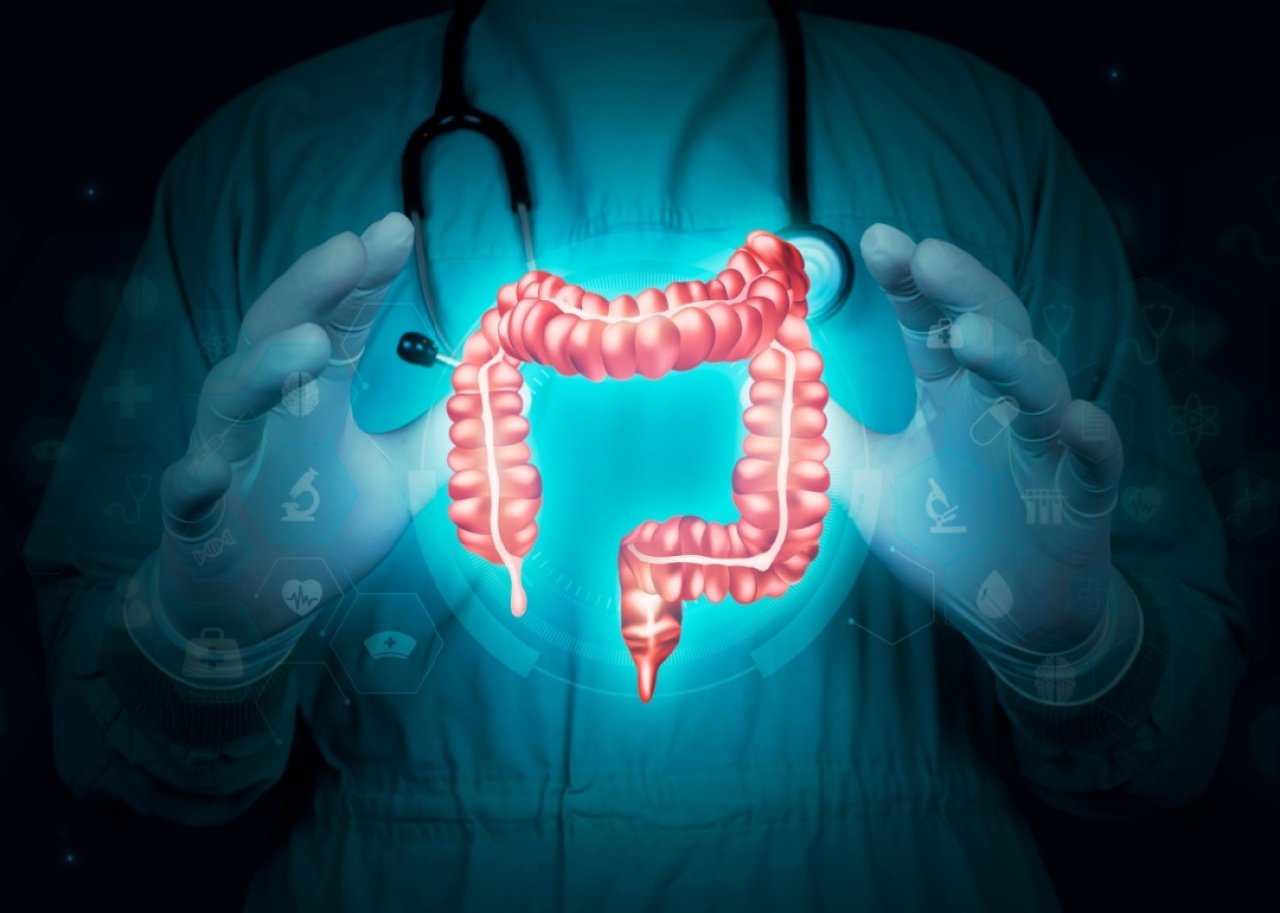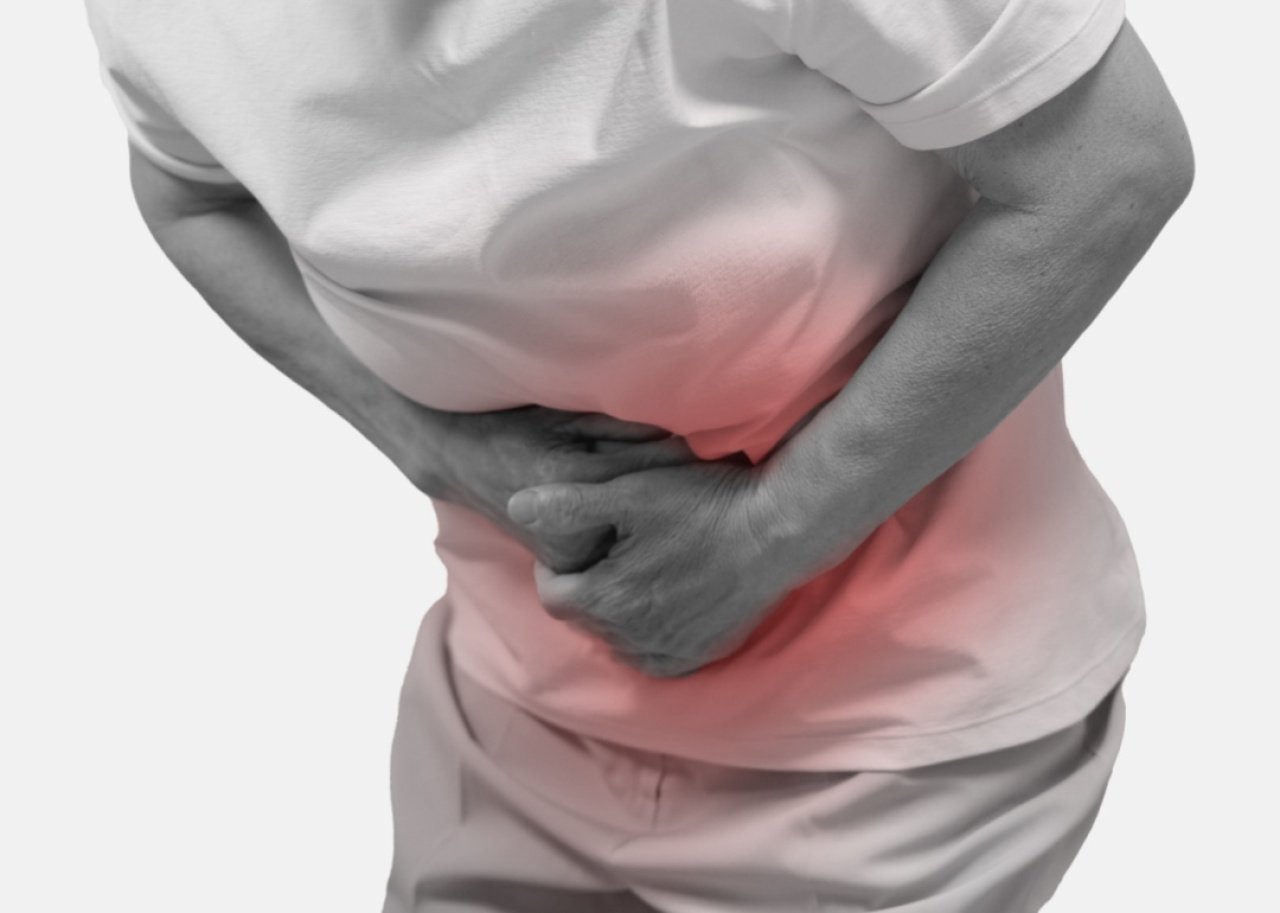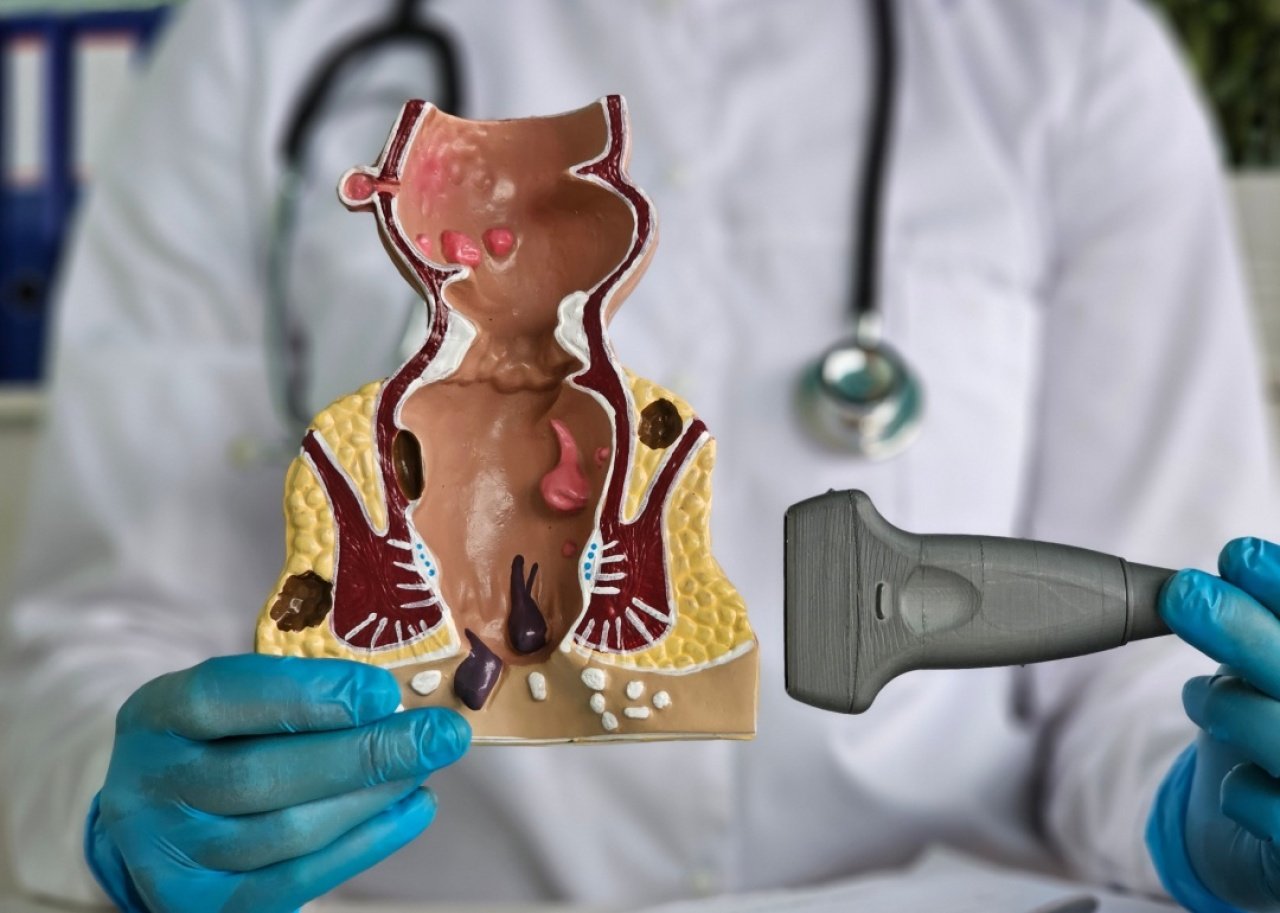Digestive issues are on the rise in the US. Here are 5 of the most common conditions.
Published 3:30 pm Monday, June 30, 2025
Digestive issues are on the rise in the US. Here are 5 of the most common conditions.
By some estimates, a whopping 66% of Americans live with gut issues—and some medical professionals think gastrointestinal conditions are becoming more common, such as irritable bowel syndrome, gastroesophageal reflux disease, and colorectal cancer.
There’s also evidence that many people aren’t aware of the importance of gut health, despite the fact that it can be associated with many other medical conditions like diabetes, heart disease, autoimmune conditions, and even Alzheimer’s disease. Some surveys have also found that few people seek medical care for GI symptoms, meaning potentially serious conditions may go undiagnosed and untreated.
Why are GI conditions becoming more prevalent? The potential causes are complex, and a wide range of symptoms are associated with GI conditions. The digestive system also includes many organs and bodily systems. Like most medical conditions, many GI conditions are not thought to be the direct result of one specific factor or event.
Researchers are investigating several potential culprits behind the increase in digestive symptoms. Plausible explanations include complications of modern, industrialized lifestyle, like a poor diet, not getting enough exercise, and not drinking enough fluids, as well as increases in the number of people living with obesity.
Rises in mental health factors like stress and anxiety, which were particularly prevalent during the pandemic, can also raise the likelihood of developing certain GI conditions or symptoms. Some research also supports the idea that exposure to COVID-19 may increase your risk of developing chronic gastrointestinal conditions. In one study published in 2022, out of 749 COVID-19 survivors surveyed, 29% reported experiencing at least one new chronic GI symptom six months after having an infection.
Live It Up identified five of the most common causes of digestive-related emergency department visits in the United States, based on data from the Healthcare Cost and Utilization Project Nationwide Emergency Department Sample in 2018 (the most recent data available), as published in the National Library of Medicine last updated 2021.
If you’re experiencing new or worsening GI symptoms, it’s important to talk to a doctor. While the internet can be a good starting point to determine what may be causing your symptoms, you shouldn’t self-diagnose or start treating them without consulting a medical professional.

Abdominal pain
– Annual emergency department visits: 5.8 million
— 1,762 visits per 100,000 people
Abdominal pain is discomfort occurring in the space between the ribs and pelvis. Many people refer to abdominal pain as a stomach ache, though the pain can come from any organ in the abdomen, including the large and small intestines, liver, bladder, pancreas, and gallbladder.
Pain that feels like it’s coming from the abdomen can also originate from other body parts, such as the chest, back, or pelvis. Most people with abdominal pain experience pain that feels dull or sharp, achy or burning, or crampy. This pain may be constant or come and go, and it may feel localized to one specific area or generalized.
Abdominal pain is common and is associated with a range of common conditions such as gas, indigestion, diarrhea, constipation, food allergies or poisoning, pulled muscles, and menstrual or ovulation cramps. Most abdominal pain isn’t serious and resolves on its own.
Acute cases of abdominal pain may also be on the rise because the prevalence of associated conditions has grown, including food allergies, irritable bowel syndrome, and gastroesophageal reflux disease.

Nausea and vomiting
Annual emergency department visits 2.2 million
— 661 visits per 100,000 people
While nausea and vomiting often go hand in hand, they refer to different symptoms. Nausea is an unpleasant feeling that makes someone feel like they need to vomit. It may also be accompanied by dizziness or lightheadedness, a strange feeling in the back of the throat, and uneasiness or discomfort in the abdomen. Vomiting refers to the physical act of emptying the stomach contents through the mouth.
Nausea and vomiting are both symptoms of many common conditions, including infections, food allergies, migraine, motion sickness, pregnancy, stress, and alcohol or toxin consumption. More people may be experiencing nausea and vomiting due to recent rises in common causes of both symptoms, including stress, migraine, food allergies, use of illicit drugs, and alcohol use.

Noninfectious gastroenteritis/colitis
– Annual emergency department visits: 1.3 million
— 386 visits per 100,000 people
Gastroenteritis occurs when the stomach and intestinal lining become inflamed. People with gastroenteritis may experience nausea, vomiting, abdominal pain and cramping, diarrhea, reduced appetite, body aches, chills or fever, and fatigue.
A majority of gastroenteritis cases are classified as infectious, meaning they’re caused by organisms that can infect the stomach and intestine, such as viruses, fungi, parasites, or bacteria. However, someone can develop noninfectious gastroenteritis after consuming medications, drugs, or toxins from substances like plants or metals.
Noninfectious gastroenteritis may be increasingly common for a variety of reasons. A study published in Clinical Toxicology in 2024 found a sharp increase in the number of calls to poison control centers relating to both intentional and unintentional toxin exposure that resulted in death or severe harm between the start of 2007 and the end of 2021.
There’s also some evidence that more people than ever are using or overusing medications known to sometimes cause gastroenteritis, including laxatives and antibiotics.

Constipation
– Annual emergency department visits: 1.1 million
— 332 visits per 100,000 people
Someone dealing with constipation may struggle with bowel movements, pass fewer than three stools per week, suffer incomplete attempts, or feel that their rectum is blocked.
Global constipation cases are increasing rapidly. Many factors could be to blame for this spike. Dehydration is a common contributing factor to constipation and according to a 2023 CivicScience poll, around 47% of Americans don’t drink enough water. Not eating enough fiber also contributes to increased constipation risk.
Texas Woman’s University researchers examined National Health and Nutrition Examination Survey data from 2013-2018. In a sample of 14,640 adults, the study estimated that only around 9% of women and 5% of men consume the recommended daily amount of dietary fiber.
People who don’t exercise enough—about a third of the global population as of 2022, according to the World Health Organization—are also more likely to become constipated. Prevalence rates of diseases associated with constipation, especially diabetes and IBS, are more common in the U.S.

Gastrointestinal bleeding
– Annual emergency department visits: 941,658
— 288 visits per 100,000 people
Gastrointestinal bleeding refers to bleeding from any part of the digestive tract. Symptoms of gastrointestinal bleeding include blood in the stool or black, tarry stool, abdominal cramping, paleness, shortness of breath, blood in vomit that may look like coffee grounds, weakness, and fatigue. Severe gastrointestinal bleeds can also cause dizziness, trouble urinating, a rapid pulse, and fainting.
Cancers that impact digestive organs can cause gastrointestinal bleeding, and rates of gastrointestinal cancers appear to be increasing worldwide. Other conditions associated with gastrointestinal bleeding, like Crohn’s disease and ulcerative colitis, are also becoming more prevalent, phenomena researchers suspect may be linked at least in part to diets rich in processed foods and meat.
Story editing by Elsie Drexler. Additional editing by Kelly Glass. Copy editing by Kristen Wegrzyn. Photo selection by Ania Antecka.
This story was produced by
Live It Up and was produced and
distributed in partnership with
Stacker.
![]()





